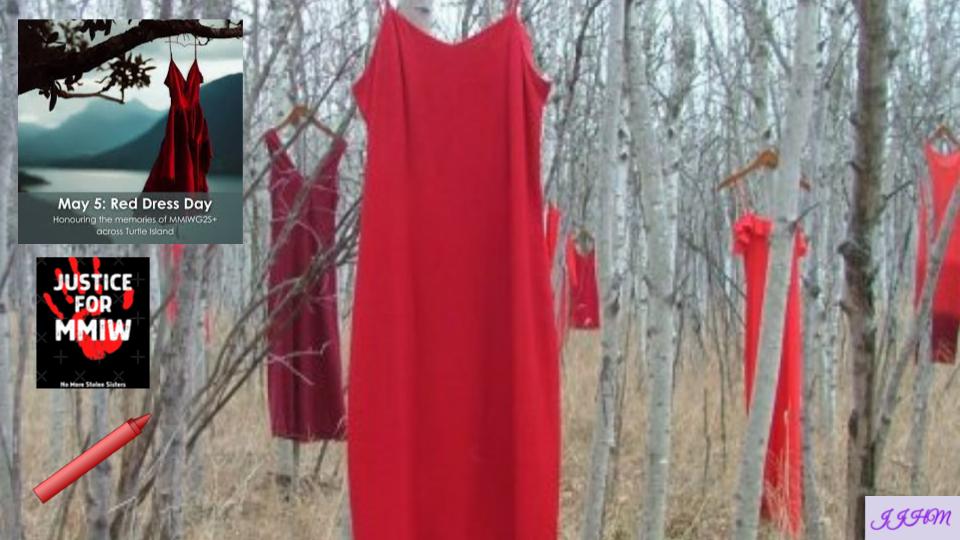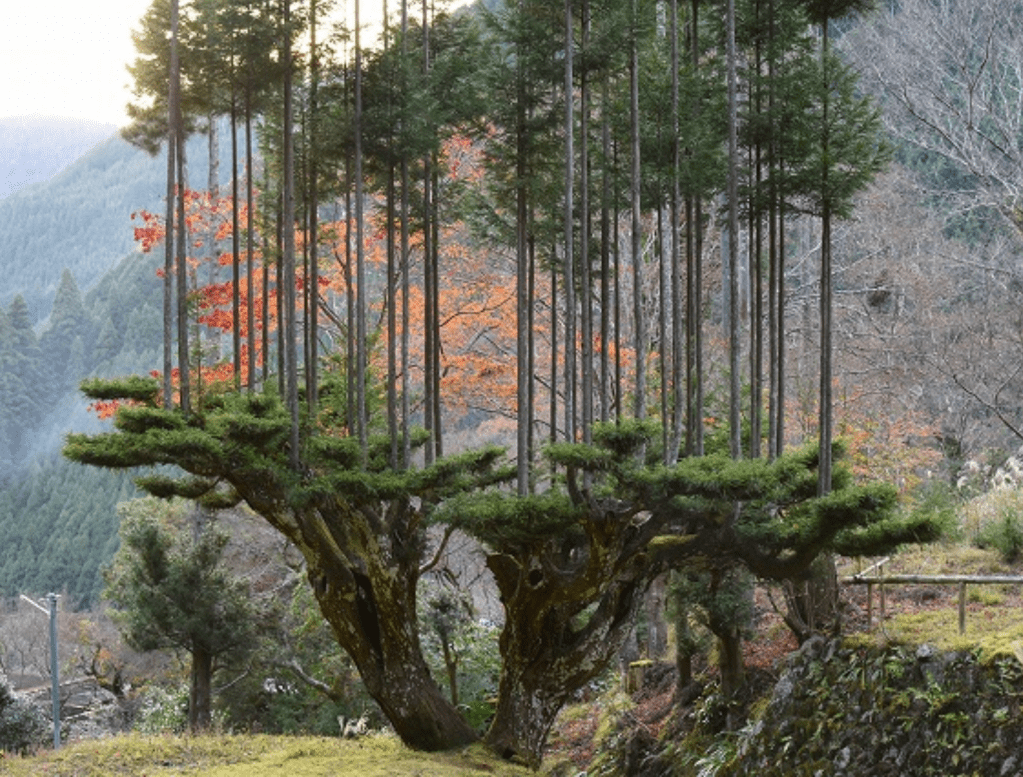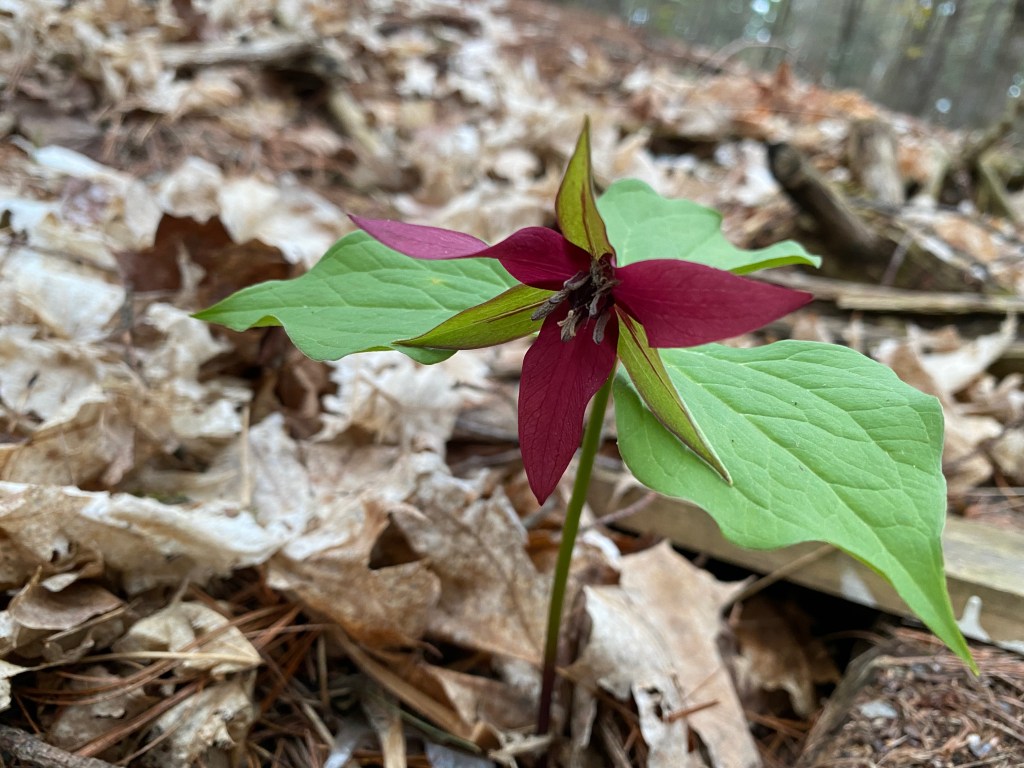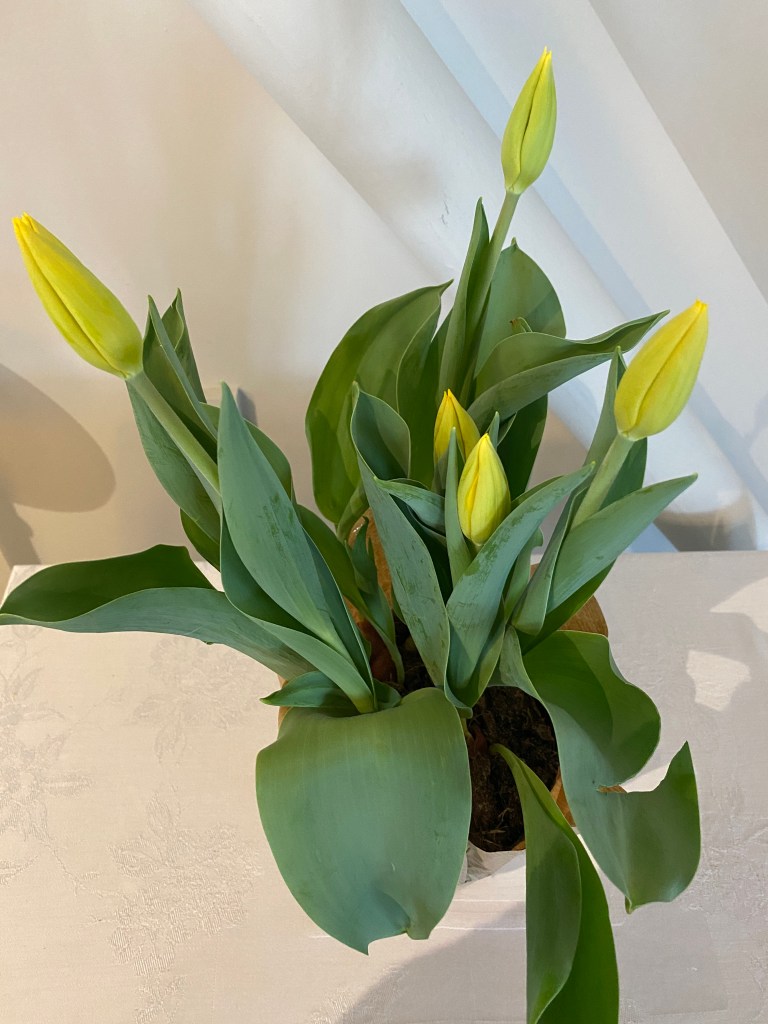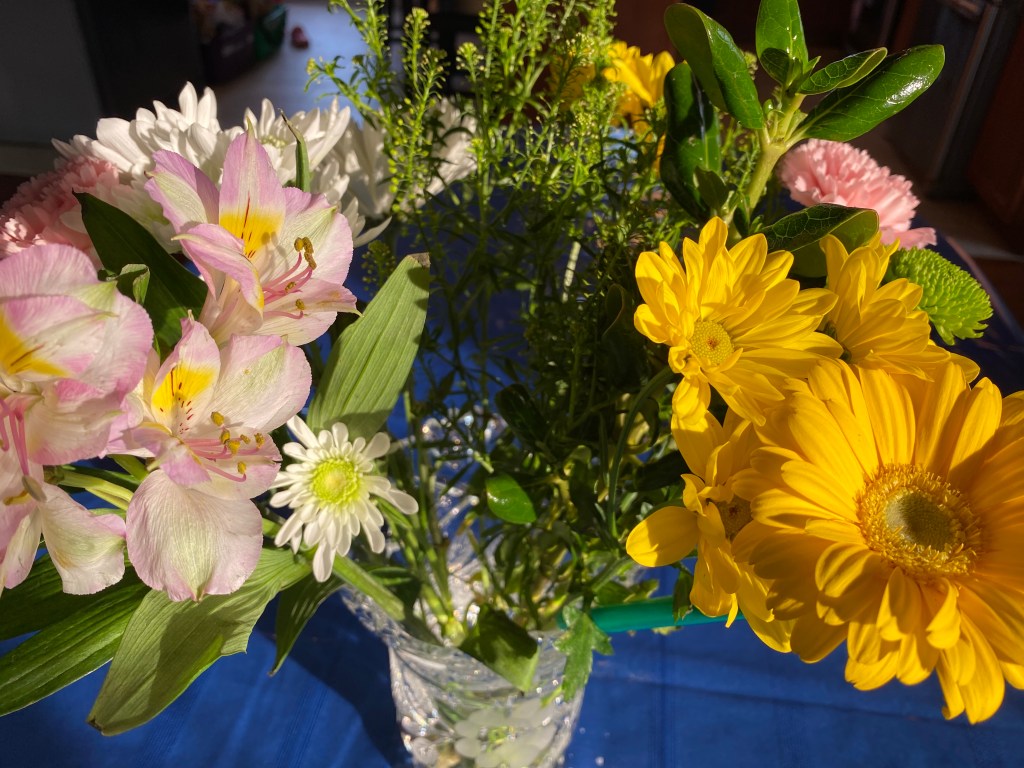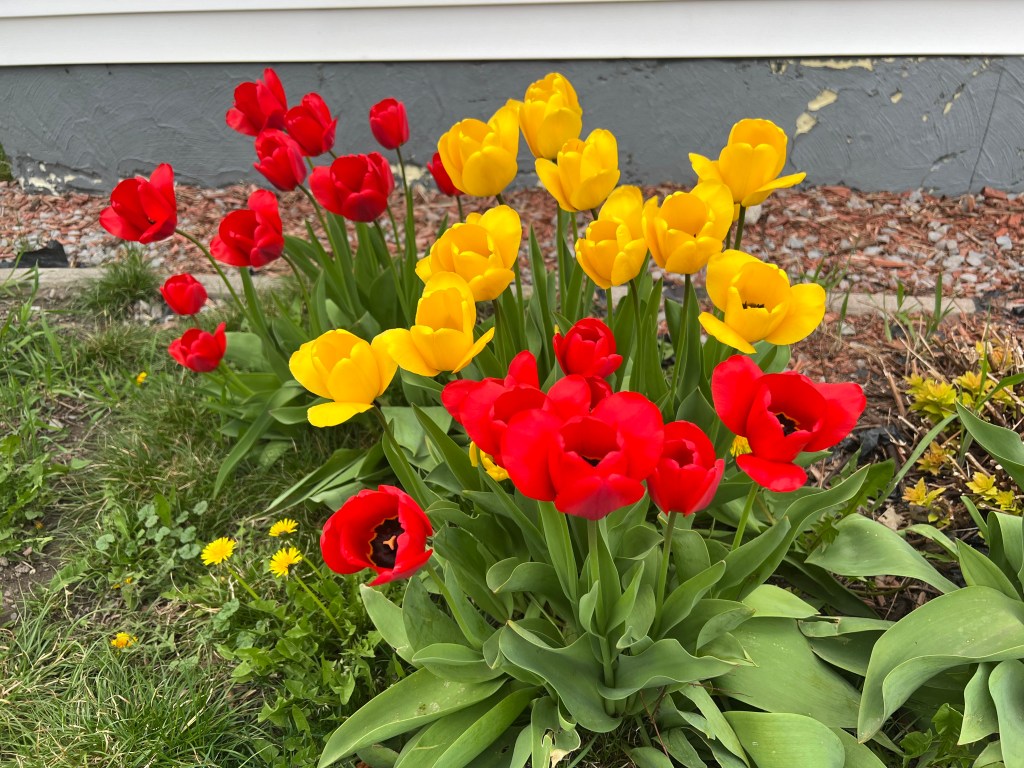
* The preacher’s words today belong to The Rev. Dr. Kayko Driedger Hesslein, Hordern Professor of Theology, at Lutheran Theological Seminary in Saskatoon. Dr Kayko is an ordained pastor in the Evangelical Lutheran Church in Canada (ELCIC) and provides a personal perspective in this sermon for Easter 7B, May 12, 2024 — Mother’s Day. Thank you, Dr. Kayko.
Well, today is Mother’s Day, and no doubt you’ve seen the cards thanking mothers for all the sacrifices they’ve made, for their boundless love, for the hugs and kisses they’ve shared, for all the work they’ve done for their families. You’ve probably seen the commercials on TV and heard them on the radio – “This Mother’s Day, show her you care, buy her…” whatever they’re selling – jewelry, a camera, a drill from Home Depot (that’s my favourite) – the list is endless. And of course, you’ve noticed the flowers and balloons in the store, covered with hearts, saying Happy Mother’s Day.
Even the church takes part in this celebration of mothers, although it’s not a specifically Christian holiday. Churches proclaim mothers to be God’s angels and saints – the epitome of selflessness, role models of self-sacrifice. Luther himself called motherhood the highest vocation and calling for women – a proclamation that was revolutionary at a time when motherhood was seen as a punishment for Eve’s transgression in the garden of Eden and nowhere near as valued as any of the “actual” vocations that men fulfilled. Since then, in the church, Mother’s Day has been a time to talk about the holiness of all mothers––about Mary, Jesus’ mother, who bravely answered God’s call to carry the Saviour in her womb and then to give him up to die; about Sarah, the wife of Abraham and the mother of Isaac, who carried Isaac in her old age and fulfilled God’s promise of making Abraham the father of generations of the covenant. We hear about Leah and Rachel, about Hannah who wept in the Temple because she couldn’t have a child, about the two mothers in King Solomon’s court––one who couldn’t cope with the loss of her baby and the other who would rather give hers up than watch it die. We heard Jesus’ words last Sunday, words that God has given us, “This is my commandment, that you love one another as I loved you,” and it seems a natural step to connect this to mothers. Who else but a mother could love this way? A mother’s love is the closest many of us get to God’s love for us.
I’ll tell you a secret about mothers and Mother’s Day, though. And maybe this changes the longer you’ve been a mother, and maybe not all mothers feel this way, but this has been my experience. Mother’s Day, as lovely as it is to get cards and flowers and a break from cooking and to hear about other mothers in the Bible, also makes mothers feel a little bit… guilty. Or inadequate. Or maybe a bit ashamed. You see, mothers never feel that we’re doing as good a job as others seem to think we are. Mothers tend to walk around with this pervasive sense of guilt that we are not the mothers we wish we were. We hear about how wonderful other moms are, and we hear God’s commandment to love our children as God loves us, and we know that we don’t. The most common feeling that mothers share is guilt––over things done and left undone––and what those things have done to our children. Often we feel guilty that:
- We’re too hard on our children and they’re going to rebel against us.
- We’re too soft on our children and they’re going to think they’re entitled to everything.
- We don’t protect our children enough and they’re going to be hurt by someone or something.
- We’re overprotective of our children and they’re not going to know how to handle the world.
- We don’t give them enough independence and they’re not going to be able to handle real responsibility.
- We try to make them too independent and they won’t be able to form close relationships with anyone.
- We treat them in ways they don’t deserve.
- We don’t treat them the way they do deserve.
- We don’t spend enough time with our children.
- We don’t spend enough time for ourselves.
- We don’t give them enough.
- We give them too much.
- We don’t do enough of this.
- We do too much of that..
The list goes on, and so does the guilt.
Working mothers, stay-at-home mothers, student mothers, single mothers, married mothers––we come to this day with mixed feelings because we know that we have never been able to love and mother our children the way we wish we could: perfectly, as Jesus loves us, as God commands us. All mothers, no matter how well-intentioned (and, truthfully, there are some mothers who have not been well-intentioned), no matter how many sacrifices we have made (and there are always sacrifices), know that we fall short, and on Mother’s Day, this feeling lurks persistently at the back of our minds. We are never always and fully the mothers the cards say we are. We all have had our times of anger, and impatience, and annoyance, and negligence. We have all fallen short of the perfect love God commands from us.
Well, today is Mother’s Day, and so I say specifically to those of you who mother, “As a called and ordained minister of the Church of Christ, and by his authority, I therefore declare to you the entire forgiveness of all your sins.” Now, we may smile a bit, but I am serious. Mothers do not hear very often that we are forgiven for falling short as mothers. And so I proclaim to you who mother that the forgiveness that is granted to all Christians through Christ is also granted to you. To you mothers specifically. You are forgiven for all of the mistakes you have made as you mother. You are forgiven for the things that you have done and left undone. You are forgiven for not loving your children as yourselves. You are forgiven for being too strict and for not being strict enough. You are forgiven for not protecting your children from harm and for being overprotective. You are forgiven for not giving them enough and for giving them too much. Through Christ, whom some of the Reformation women called our mother, God forgives you.
God forgives you and God loves you. Even more than we find ways to forgive and love our own children, despite their failings and mistakes, despite the hurt they have caused us, God forgives and loves us, despite our failings and mistakes and the hurt we have caused. It isn’t that God doesn’t see the ways we have failed – it is that God has seen them, and God, who loves our children even more than we do, forgives us and loves us, too, because we are also God’s children.
I have one last good word to share with you today. As mothers, we always hope that our children will not be hurt by the mistakes we have made. We hope that our children will be able to move past the ways in which our mothering has held them back. The last good word that I want to share with you is that God makes this happen. We have heard over the last few weeks of this Easter season, that God makes the branches bear more fruit, and causes fruit to grow that will last. God gives to those who mother the responsibility of watering and feeding and caring for the seeds that we have been given, and more often than not, we don’t get it right. Mothers are human. But God works through and beyond our own efforts, or lack thereof, and loves them in ways that we can’t, sending the Holy Spirit where we have fallen short, and being more committed to them than we possibly could. As mothers, this is our salvation – that God takes better care of our children than we do, and that despite our mistakes, despite our inability to live up to the Hallmark cards’ description of us and despite our failure to love our children as God loves us, God loves our children, God loves us, and God forgives us. Thanks be to God. Happy Mother’s Day. Amen.

